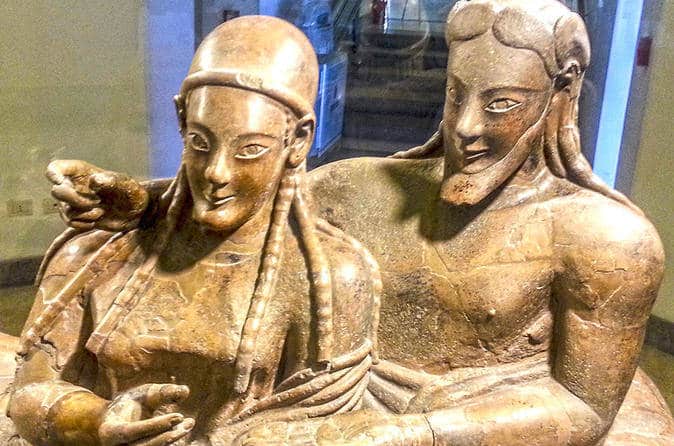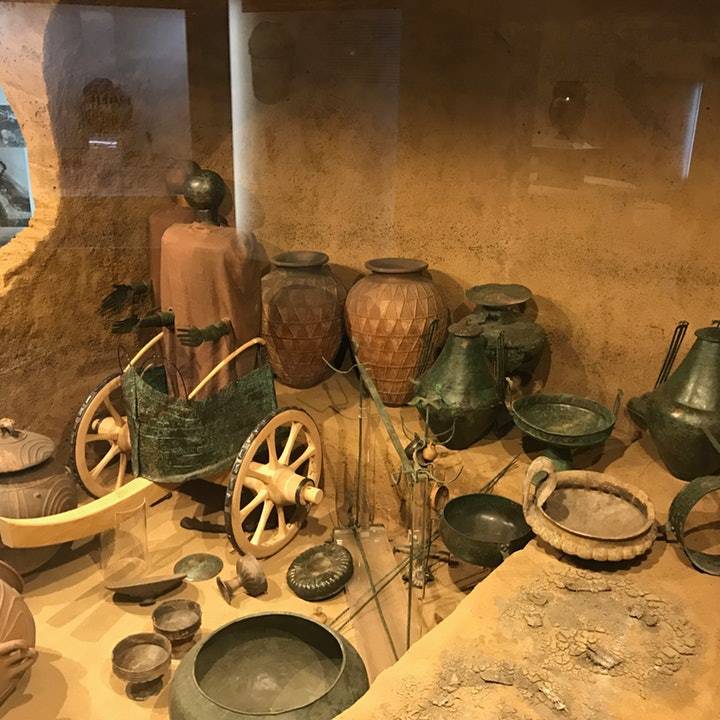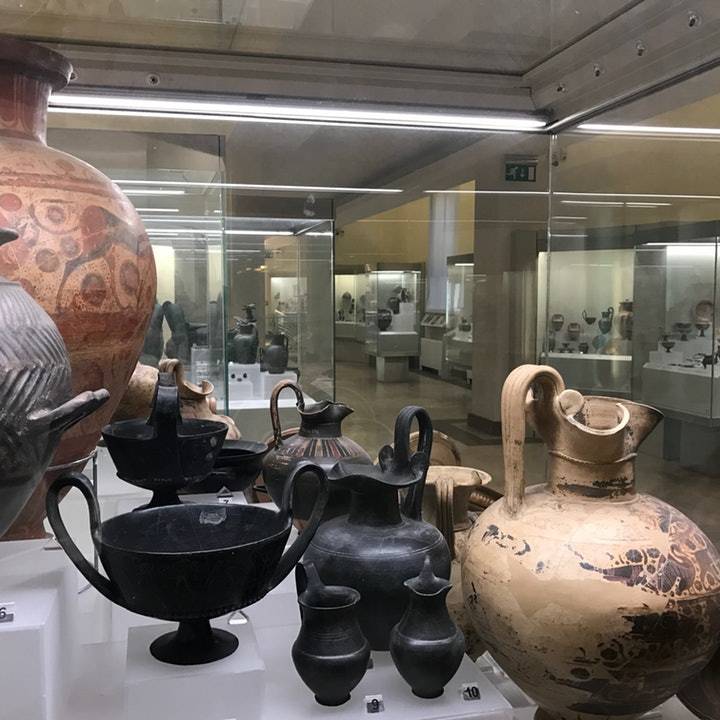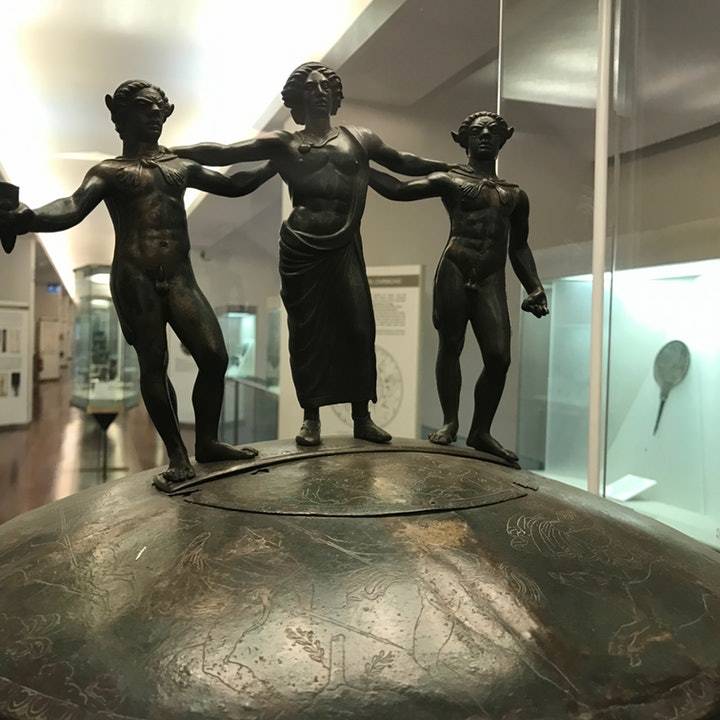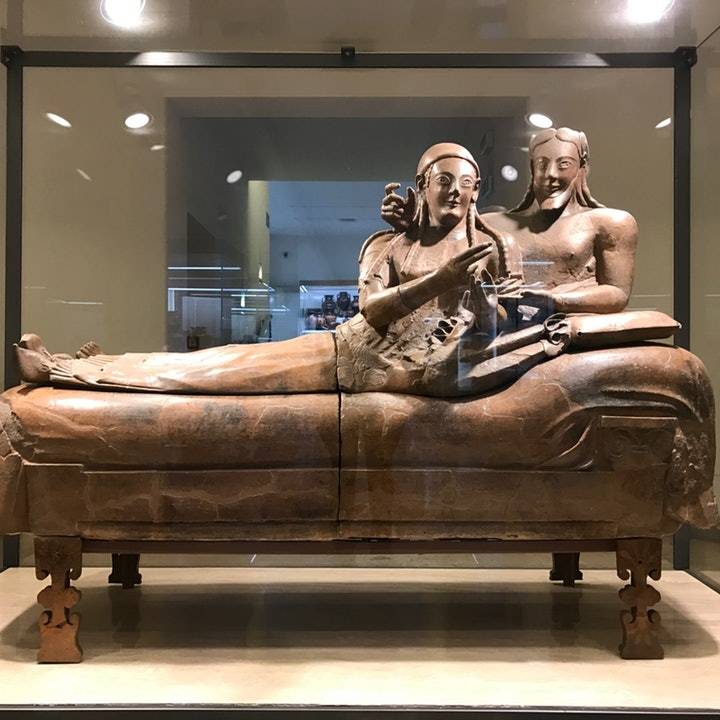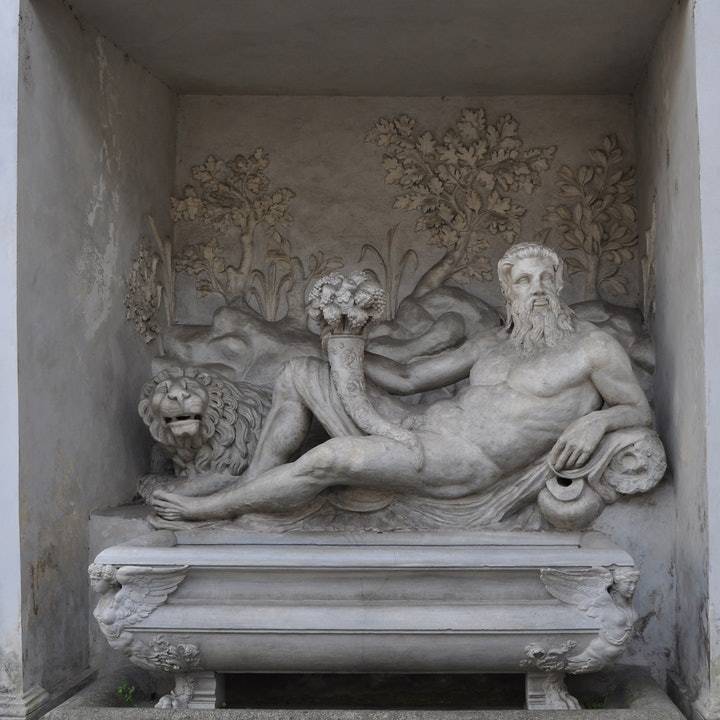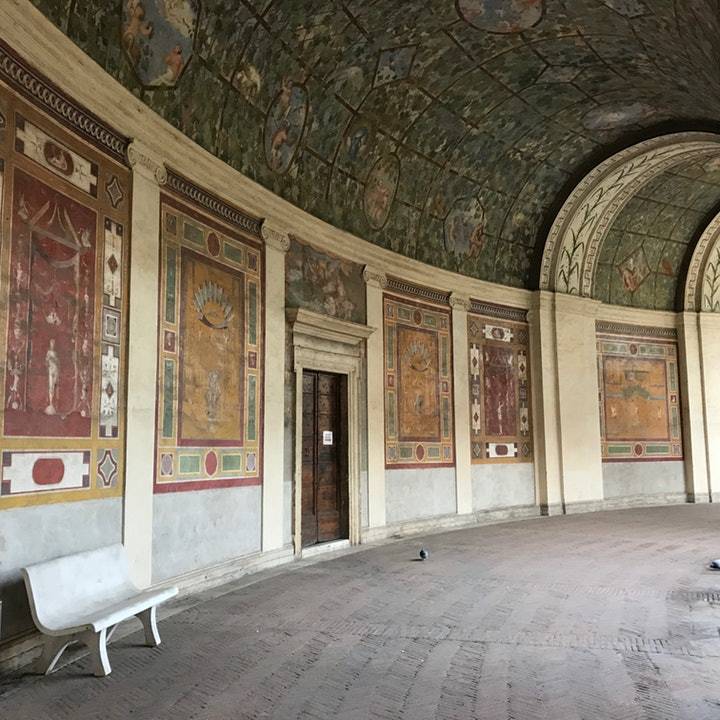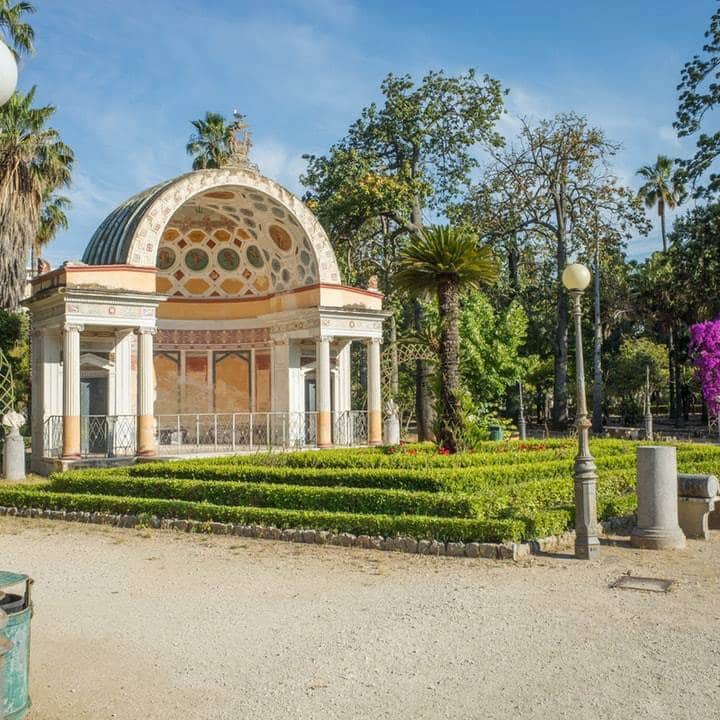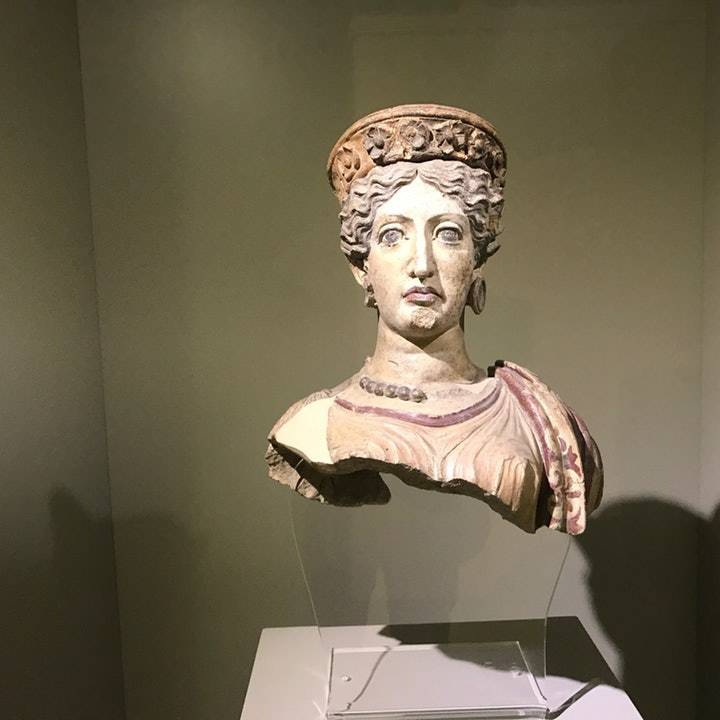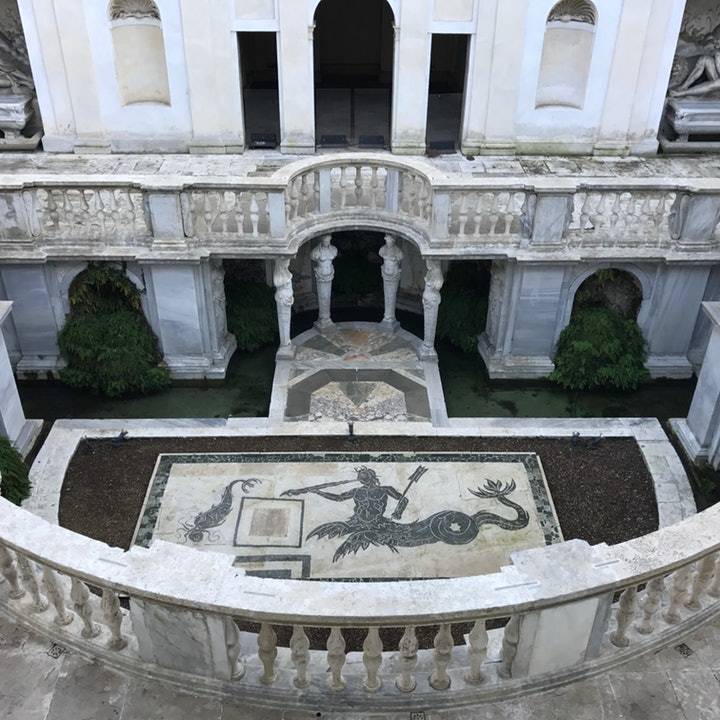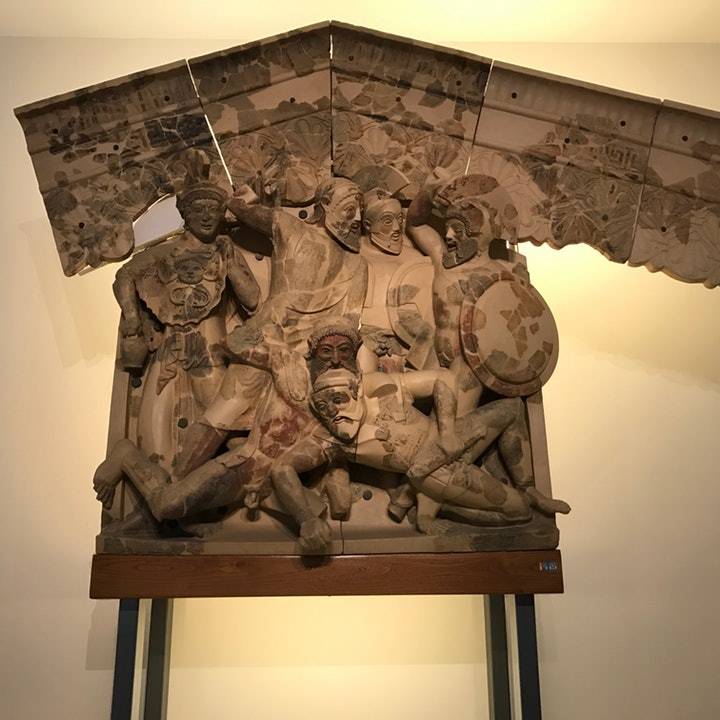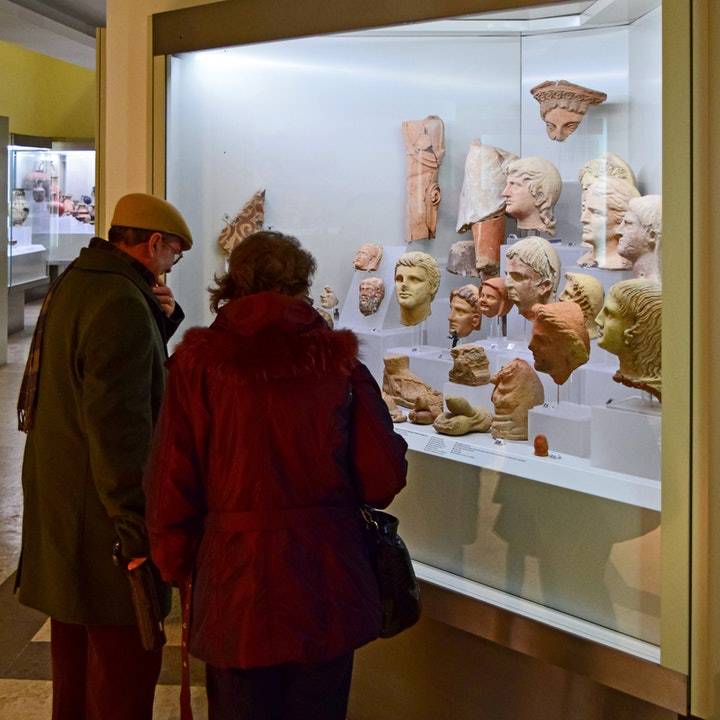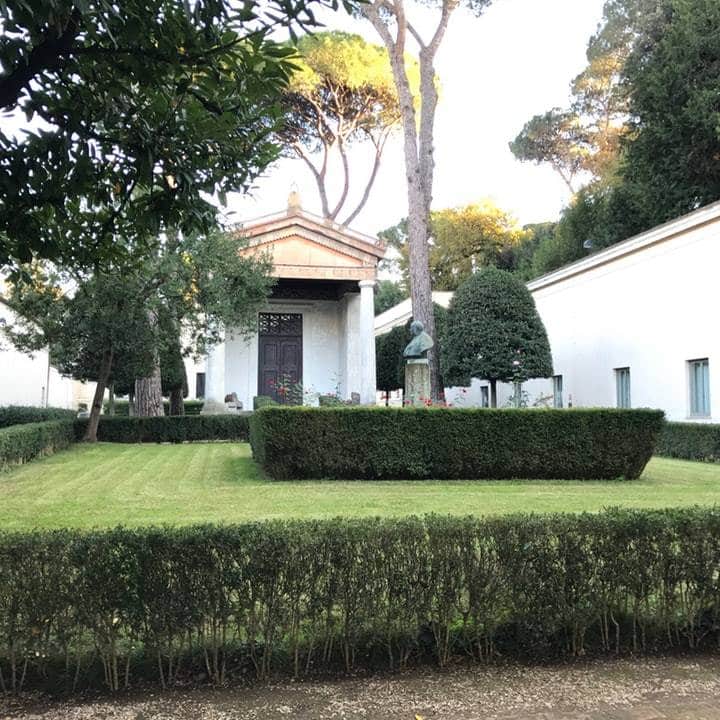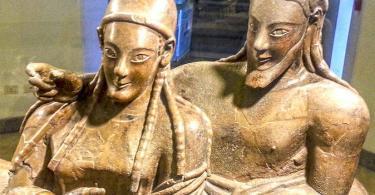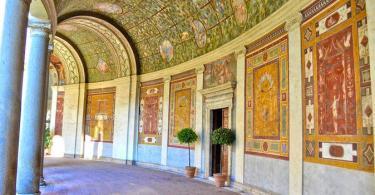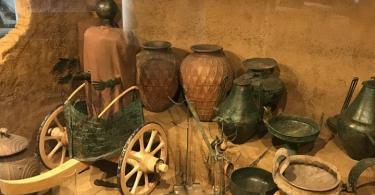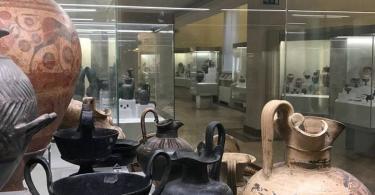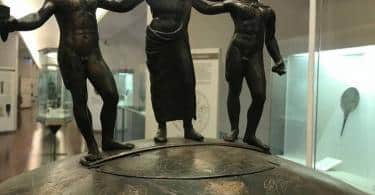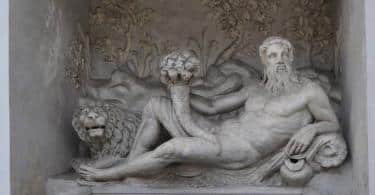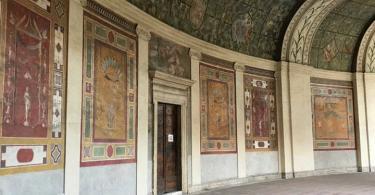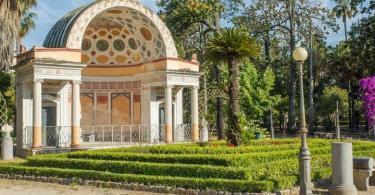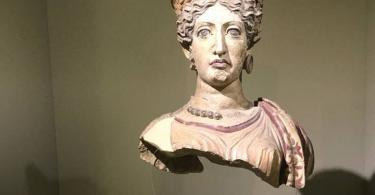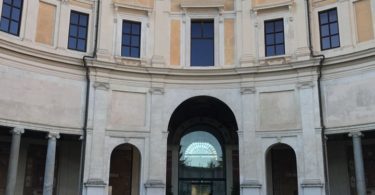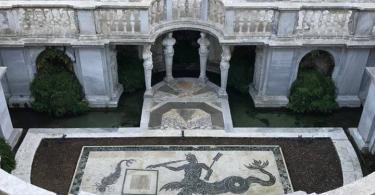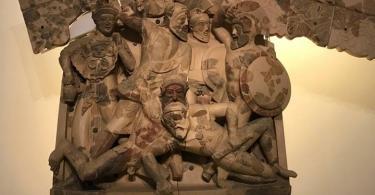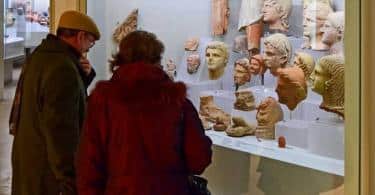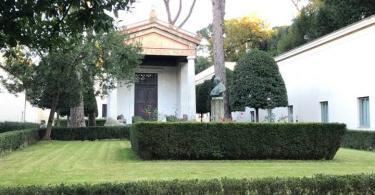Experience a deeper understanding of Italy’s ancient past as you enter the National Etruscan Museum—without wasting any time in long entryway lines. This guided tour takes you directly into the heart of the collection, revealing a wealth of artifacts from an illustrious civilization that thrived long before the Roman Empire. With the expertise of a professional guide and the aid of interactive multimedia tools like an iPad, you’ll gain exclusive insights into the daily life, religion, and remarkable craftsmanship of the Etruscans.
Why Visit the National Etruscan Museum?
The National Etruscan Museum is a treasure trove for anyone curious about the roots of Western civilization. Housed in a historic setting, it provides a unique window into Etruscan art, architecture, and cultural exchanges with other prominent societies of the time. Whether you’re passionate about history, art, or simply looking for an immersive cultural experience, this museum offers a fascinating journey that rivals the more frequently visited sites of ancient Rome.
What to Expect on the Guided Tour
- Skip-the-Line Entry: Save precious vacation time by bypassing the main lines. Enter the museum with priority admission and head straight to the exhibits.
- Multimedia Tools: Your guide will use devices like an iPad to show 3D reconstructions and supplementary images, making it easier to visualize Etruscan life and customs.
- Expert Commentary: Gain an in-depth understanding of the Etruscan civilization through engaging stories, expert knowledge, and clarifications regarding the artifacts on display.
Key Highlights of the Collection
During this tour, you’ll explore the museum’s most famous and well-preserved exhibits, which illuminate the sophistication and cultural reach of the Etruscan civilization.
- The Pyrgi Tablets:
These ancient gold tablets, inscribed in both Etruscan and Phoenician, are key to understanding how the Etruscans interacted with other Mediterranean societies. Not only do they shed light on religious practices and political alliances, but they also underscore the cosmopolitan nature of Etruscan trade and diplomacy.
- The Veius Apollo Statue:
This masterfully crafted terracotta figure depicts the Greek god Apollo, showcasing the Etruscans’ ability to adopt and adapt foreign artistic influences. Through intricate detailing, the statue highlights the remarkable skill of Etruscan sculptors who combined both Greek and local traditions in their work.
- The Sarcophagus of the Spouses:
A stunning piece of funerary art, this sarcophagus represents a married couple reclining together in a tender pose. The lifelike details hint at the Etruscans’ focus on familial bonds and provide an intimate glimpse into their social customs. As you study the artwork, you’ll see how it differs from Roman conventions, emphasizing affection and equality between partners.
A visit to the National Etruscan Museum is more than just a look back at a bygone civilization—it’s an opportunity to deepen your appreciation of Italy’s cultural heritage and understand the profound impact the Etruscans had on shaping the future Roman world. By skipping the lines and embracing the expertise of a knowledgeable guide, you’ll be rewarded with a memorable, in-depth experience that brings ancient history brilliantly to life.


